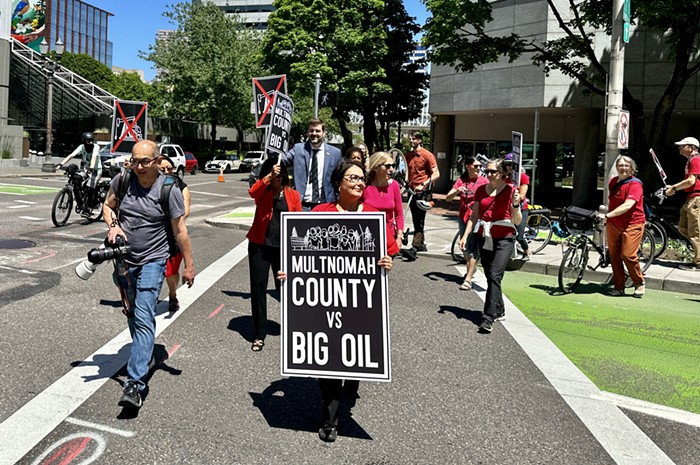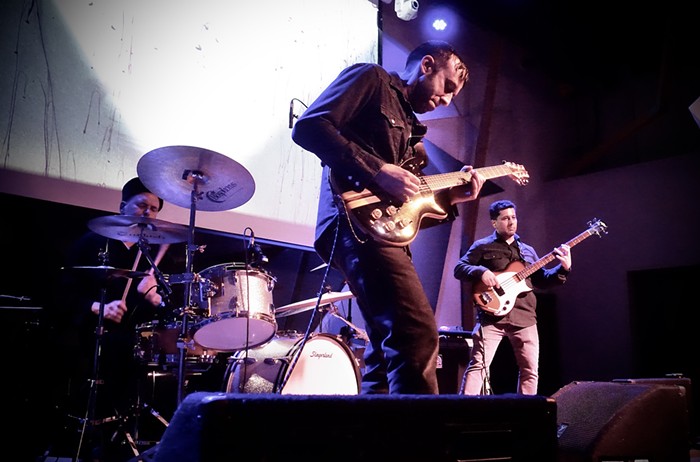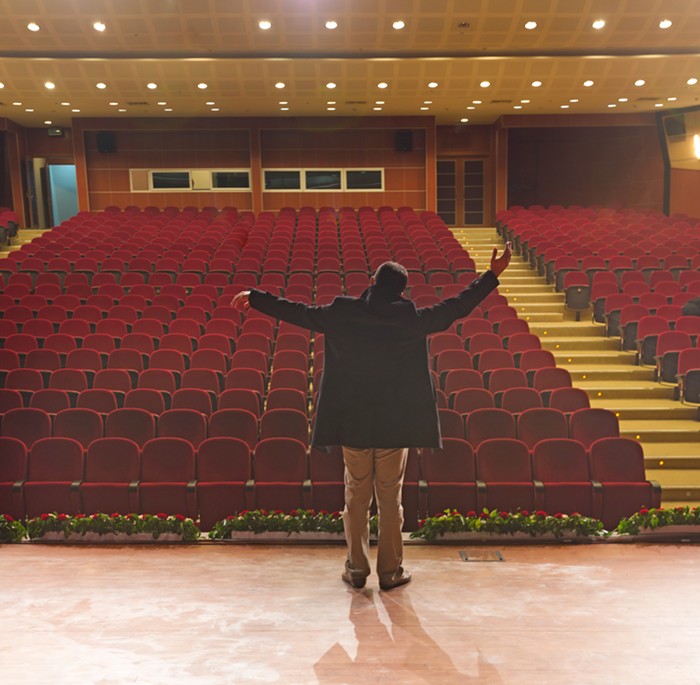
Over at Bookslut, Alison Barker offers a close, thoughtful reading of a book I almost couldn't bear to finish: Veronique Olmi's Beside the Sea, a slim novel originally published in France in 2001, and just released in the U.S. by local publisher Tin House Books.
Beside the Sea is about a mentally ill woman who takes her two boys to the seaside for a holiday. At the end of the book, she kills them both. This isn't a "spoiler": it's what the book is about. It took me about a week to make it through this 120 page novel, because I could only read a few pages at a time before starting to feel queasy and weird. This is a testament to how well the novel is written: Olmi set out to capture the mindset of a mother who genuinely believes that killing her children is the right thing to do, and she succeeds distressingly well.
The book brought to mind the local case of Amanda Stott-Smith, who in 2009 pushed her two children off of the Sellwood Bridge, killing her son (her daughter survived). While Beside the Sea is a fictionalized attempt to understand why a mother would kill her children, local writer Nancy Rommelmann has spent the last few years researching the same question, as she works on a nonfiction book about Stott-Smith. I emailed Rommelmann for some thoughts about empathy and understanding in the face of such an act.
Mercury: In researching Amanda Stott-Smith, do you find yourself experiencing feelings of sympathy or empathy?
ROMMELMANN: I always felt empathy for Amanda. I also needed to know how a mother—a mother who by all accounts loved her children—finds herself dropping them from a bridge in the middle of the night. I think just about every person that hears about a mother killing her children wonders the same thing. That's what I set out to find, and have found. Do I still feel empathy for her? Yes. I don't think you can spend years on a story like this and not care about the people involved.
What about pity?
Not pity so much as terror for the situation Amanda found herself trying to navigate. As one of her friends told me, "Behavior makes sense." Amanda was locked in a very dangerous embrace with her husband; their respective addictions and, shall we say, shortcomings, stressed the household to the breaking point. And contrary to what has been said—by the judge in the case, by various attorneys and editorials—you absolutely could see that it would end, if not in murder, then very badly. In fact, early in their relationship, a psychologist who had worked with Amanda's husband's family wrote, of the couple, "If some intervention is not effected quickly, the end result... will end in disaster." This was in the year 2000. The litany of things that happened in the interim are just an exponential wreck, if at the same time logical, one following the next.
Have you come to an understanding of why she did what she did that is more complex or nuanced than simply designating her a monster?
Branding someone a monster is something we do to make it easy on ourselves. If we can name our enemy, we can hate them. It's expedient—and it explains just about nothing. I think it is always better to shine light on how what happened, happened. I've had push back on this, of course; people would prefer to let Amanda rot, or claim that it will be harder on her surviving children. I must disagree. It is always better to try to understand, to look at the truth as you find it, to put the pieces together.














